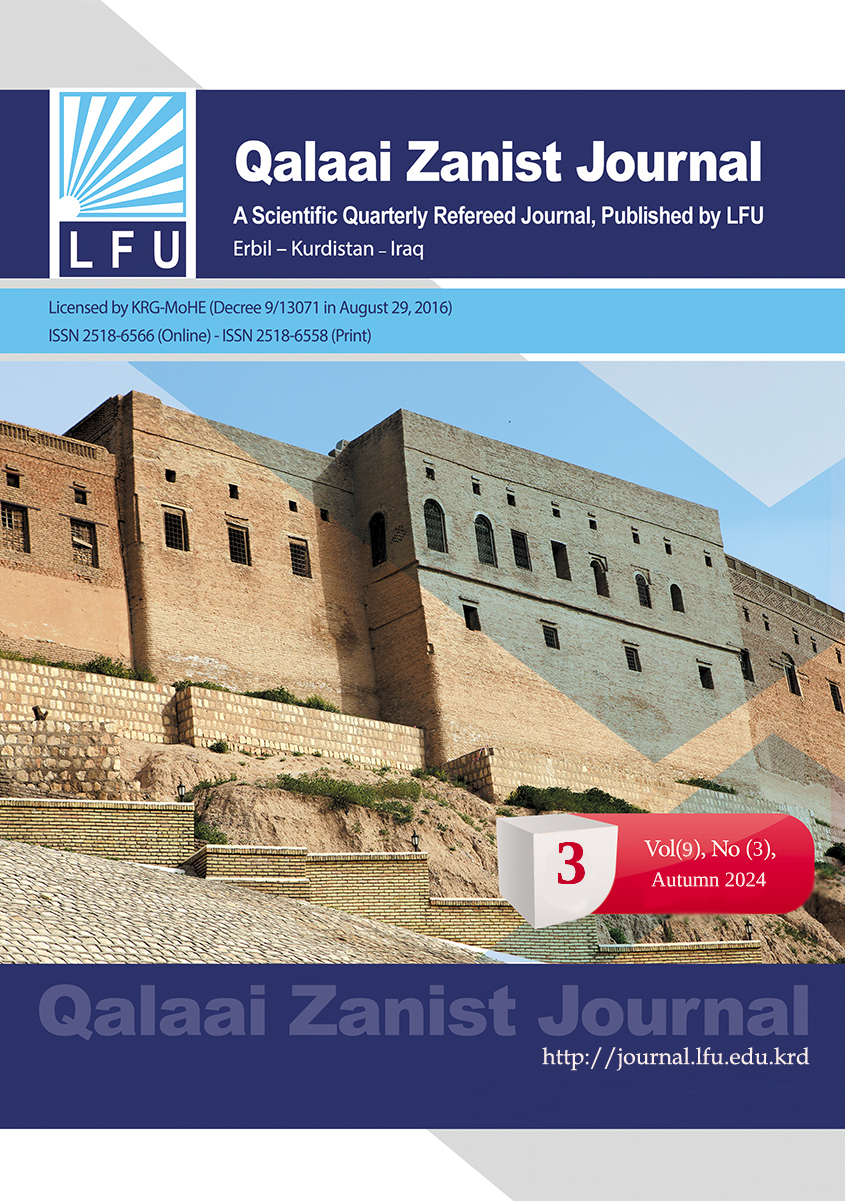The Role of Linguistic and Nonlinguistic Protocols in Persuasion
##plugins.themes.bootstrap3.article.main##
Abstract
Protocol and the art of etiquette is a priority of official and state affairs in today's world, which is the most attention of the media and social media in the official visits of presidents and high-ranking delegations. This study is the first attempt in Kurdish to show the role of linguistic and non-linguistic signs and gestures in the act of communication protocol and etiquette, the impact of this role in the act of persuading the other person. The research consists of two main parts. The first part deals with the introduction of protocol and etiquette and identifies the relationship between language science and protocol and communication Discuss ways to persuade. The second part of the research consists of two topics, the first topic discusses the (language protocol) in which the ability to speak, speaking style, types of words and sentences and their effects are explained, with linguistic cues such as sound, melody, force, pause and tempo.The second topic is the discussion of non-verbal protocols, which include body language, such as dress, greeting gestures, shaking hands, distance between people, sitting and mannerisms.
Downloads
##plugins.themes.bootstrap3.article.details##
How to Cite
Copyright (c) 2024 Khalil Sharif Mawloud، Abdullah Hussein

This work is licensed under a Creative Commons Attribution 4.0 International License.

